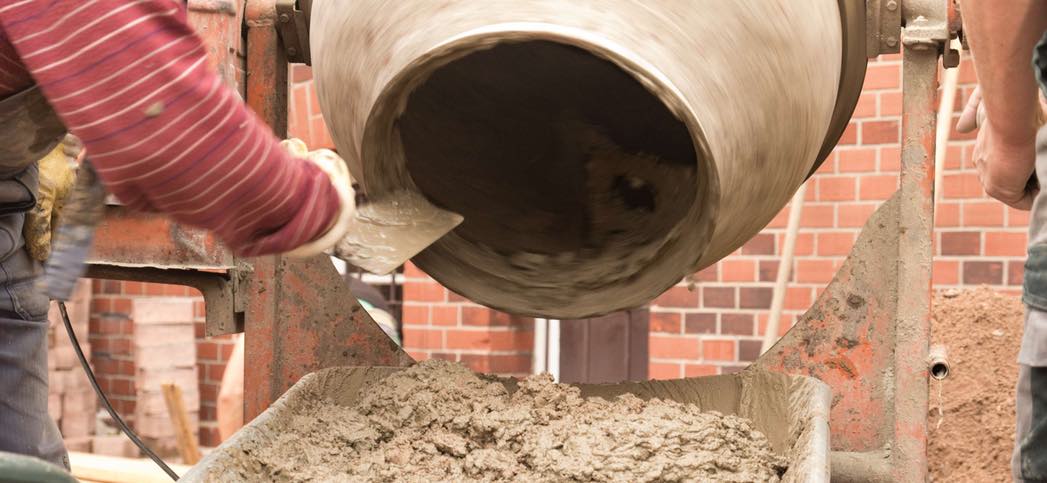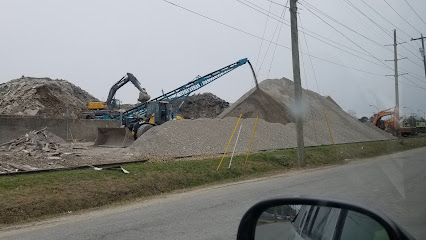
There are many options available for removing an above-ground pool. Costs will vary depending on what materials you use, how big and how large the pool is, and how much work it takes to remove it. If you're considering a full removal of the pool, you'll have to make sure you get the right permits, and you may also need to hire a structural engineer. Depending on your area, you may need to pay a permit fee. Although DIY-oriented people may save money by dismantling an above-ground pool themselves, it's not an easy task.
In order to remove an above ground pool, you'll need a heavy-duty metal cutter, large boxes, and the proper tools for the job. It is also important to drain the water from the pool. You will need to drill holes into the bottom of your pool in order to allow for drainage. Once you've done that, you'll need to secure the sewer point. You will need to drain the water and send it to a drainage area.

The best option to remove an above ground pool is complete removal. The least expensive is to remove the top layer of the pool and leave the rest intact. It is possible to leave the pool's bottom in the ground, providing that it is big enough for your future landscaping. Another option is to install a spa or firepit in the area. This can make your home more inviting.
A permit may be required by some cities before you can tear down an above ground pool. However, this can prove to be quite a hassle as you will need to fill in all the holes and drain any water from the pool. You may need to pay a fee in some cities for the permit. If you have a public right-of-way, an encroachment permits will be required.
You will need to hire an experienced company to remove an above-ground pool. A typical homeowner will spend $500-$3,000 to tackle a project like this. Either hire a contractor of high quality or do it yourself. Before you make a decision, get at most three estimates. You should look into all of the factors that affect the price of the project.

The most efficient use of time and money is to get an engineer's help. A structural engineer will be able to advise you on the most effective methods to remove the pool, and will be able to produce a compaction report that will tell you whether the area can be used for a new structure. You will be able to see how to backfill it so it doesn’t sink.
FAQ
How should house renovations be ordered?
The first thing you need to do when renovating your home is to decide where you want to put everything. If you intend to sell your home in the near future, you need to think about how you will present it to potential buyers. Next, think about how you want your living space, including the kitchen, bathroom and living room. Once you have decided which rooms you want to renovate, you should start looking for contractors who specialize in those areas. Once you have hired a contractor you can begin work on your renovation project.
Are there permits needed to renovate my house
Permits are required before you can start any home improvement project. In most cases, you will need a building permit and a plumbing permit. A zoning license may also be needed depending on the type or construction you are doing.
How many times should my furnace filter need to be changed?
How often your family expects to use the heating system in their home will determine the answer. You may need to change your filter more frequently if the temperature drops and you plan on being away from home during colder months. However, if you rarely go out of the house, you may be able to wait longer between changes.
A furnace filter typically lasts for three months. Your furnace filter should be replaced every three months.
You can also consult the manufacturer's recommendations regarding when to change your filters. Some manufacturers recommend that you replace your filter after every heating season. Others suggest waiting until there are visible dirt deposits.
Statistics
- Most lenders will lend you up to 75% or 80% of the appraised value of your home, but some will go higher. (kiplinger.com)
- They'll usually lend up to 90% of your home's "as-completed" value, but no more than $424,100 in most locales or $636,150 in high-cost areas. (kiplinger.com)
- Rather, allot 10% to 15% for a contingency fund to pay for unexpected construction issues. (kiplinger.com)
- On jumbo loans of more than $636,150, you'll be able to borrow up to 80% of the home's completed value. (kiplinger.com)
- Design-builders may ask for a down payment of up to 25% or 33% of the job cost, says the NARI. (kiplinger.com)
External Links
How To
How can I plan a complete house remodel?
Research and careful planning are essential when planning a house remodel. There are many things you should consider before starting your project. First, you must decide what type of home improvement you want. You can choose from a variety of categories, such as kitchen or bathroom, bedroom, living space, or living room. Once you've decided on which category to work on you will need to calculate how much money is available for your project. If you don't have experience with working on houses, it's best to budget at minimum $5,000 per room. If you have some previous experience, you may be capable of getting away with a lower amount.
Once you've determined the amount of money you can spend, you need to decide how large a job you want. You won't be capable of adding a new floor, installing a countertop, or painting the walls if your budget is limited to a small remodel. On the other side, if your budget allows for a full renovation of your kitchen, you'll be able do just about any task.
Next, find a contractor who is skilled in the type and scope of work you wish to undertake. You will be able to get great results and avoid a lot more headaches down in the future. After finding a good contractor, you should start gathering materials and supplies. You may need to purchase everything from scratch depending on the size and scope of your project. You shouldn't have any trouble finding the right item in pre-made stores.
After you've gathered all the supplies you need, it's time to begin making plans. The first step is to make a sketch of the places you intend to place furniture and appliances. Then you will design the layout. Remember to leave enough space for outlets and plumbing. It is a good idea to place the most important areas nearest the front door. This will make it easier for visitors to access them. You can finish your design by choosing colors and finishes. Avoid spending too much on your design by sticking to simple, neutral colors and designs.
Now that you're finished drawing up your plan, it's finally time to start building! Before you start any construction, be sure to check the local codes. While some cities require permits, others allow homeowners to construct without them. When you're ready to begin construction, you'll first want to remove all existing floors and walls. Next, you'll lay down plywood sheets to protect your new flooring surfaces. You will then attach or nail pieces of wood together to make the cabinet frame. The frame will be completed when doors and windows are attached.
There will be some finishing touches after you are done. You'll likely want to cover any exposed wires and pipes. To do this, you'll use plastic sheeting and tape. You'll also want to hang pictures and mirrors. You should always keep your work area clean.
You'll have a functional home that looks amazing and is cost-effective if you follow these steps. Now that you know how to plan a whole house remodeling project, you can go ahead and get started!